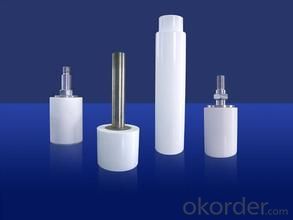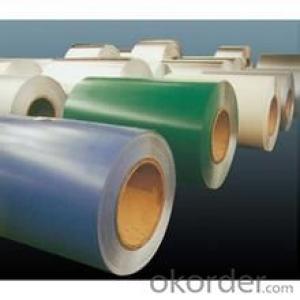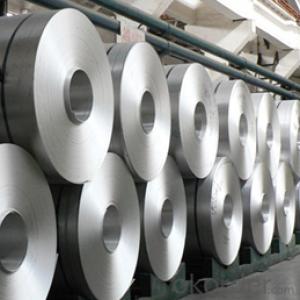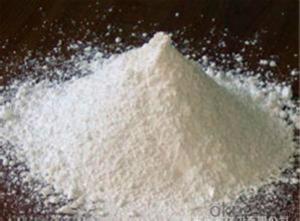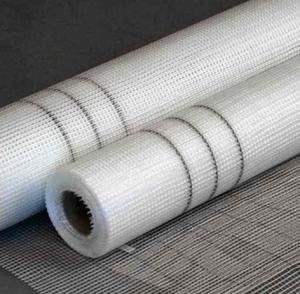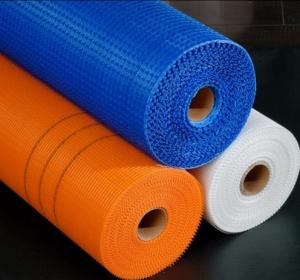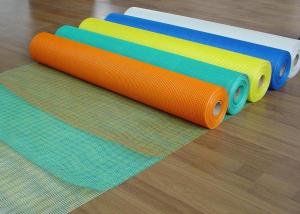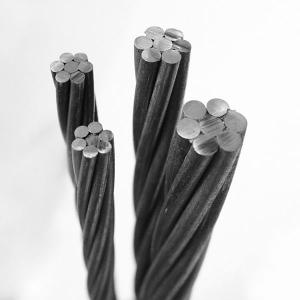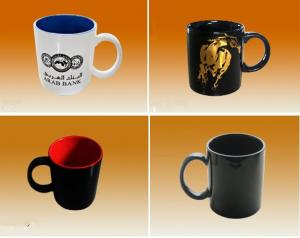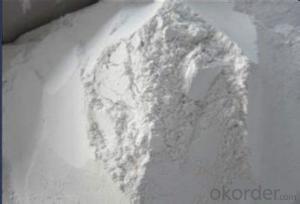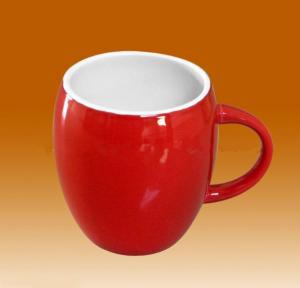Industrial Ceramic Pump Sleeve Used in Industrial
- Loading Port:
- Guangzhou
- Payment Terms:
- TT OR LC
- Min Order Qty:
- 100 pc
- Supply Capability:
- 10000 pc/month
OKorder Service Pledge
OKorder Financial Service
You Might Also Like
Product Description
Zirconia is an extremely refractory material. It offers chemical and corrosion inertness to temperatures well above the melting point of alumina. The material has low thermal conductivity. It is electrically conductive above 600° C and is used in oxygen sensor cells and as the susceptor (heater) in high temperature induction furnaces. With the attachment of platinum leads, nernst glowers used in spectrometers can be made as a light emitting filament which operates in air.
Properties of Industrial Ceramic Pump Sleeve
(1). Excellent in electrical insulation;
(2). High hardness and wear/corrosion resistance;
(3). High working temperature;
(4). Good thermal shock resistance;
Key Properties of Zirconium Oxide
Use temperatures up to 1000° C
- High density
- Low thermal conductivity (20% that of alumina)
- Chemical inertness
- Resistance to molten metals
- Ionic electrical conduction
- Wear resistance
- High fracture toughness
- High hardness
Typical Uses of ZrO2
- Precision ball valve balls and seats
- High density ball and pebble mill grinding media
- Rollers and guides for metal tube forming
- Thread and wire guides
- Hot metal extrusion dies
- Deep well down-hole valves and seats
- Powder compacting dies
- Marine pump seals and shaft guides
- Oxygen sensors
- High temperature induction furnace susceptors
- Fuel cell membranes
A wide variety of purity grades from 60% up to 99.7% pure of Aluminium oxide are available on the market. Typical grades that are used for modern industrial applications are of high purity from 95% to 99.7% Amongst the various advanced ceramics that exist today, alumina is the most commonly used ceramic materials that has a wide range of properties and a very competitive cost due to high tech of manufacturing techniques.
Properties of Aluminium Oxide
- Good mechanical strength under compressive loading
- Electrical insulation
- Hardness and excellent wear resistance
- Corrosion resistance to acid, gas, chemical etc.
- Excellent dielectric for direct Amp and microwaves application
- Law dielectric constant
Applications of Aluminium Oxide
- Excellent electric insulator products
- Sand and shot blasting nozzles
- Mig. & Tig. Welding shield and nozzles for laser cutting guns
- Various type of tubes with single hole to multy core/ hole cavities
- Seals for tap water
- Textile wear parts and thread guides
- Piston and sleeves for water pumps and chemical pumps
- Corrosion resistance components
Data Sheet
Characteristics | Unit | 95 Al2O3 | 99 Al2O3 | ZrO2 | GPSi3N4 | BN | Glass Ceramic |
Crystal Structure | - | hexagonal | hexagonal | tetragonal | hexagonal | hexagonal | - |
Color | - | white | ivory | white | gray | white | white |
Density | g/cm³ | 3.65 | 3.88 | 5.95 | 3.22 | 2.26 | 2.55 |
Water Absorption | % | 0 | 0 | 0 | 0 | 0.0-1.0 | 0 |
Young's Modulus | Gpa | 280 | 350 | 205 | 295 | 670 | 65 |
Vickers Hardness | Gpa | 14 | 20 | 12 | 18-20 | - | - |
Flexural Strength | Mpa | 280 | 300 | 900 | 650 | 51 | 100 |
Compressive Strength | Mpa | 2000 | 2500 | 2200 | 2200 | 230 | 500 |
Thermal Conductivity | W/(m•K) | 18-25 | 30 | 2.2 | 25 | 20 | 1.70 |
Thermal shock resistance | ΔT(C°) | 220 | 180-200 | 280-350 | 450-650 | >1500 | 25-100 |
Max. Working Temperature | C° | 1500 | 1700 | 850 | 1200 | 960 | 800 |
Volume Resistivity | Ω . cm | >10^15 | >10^14 | >10^12 | >10^14 | 10^13 | 10^16 |
Dielectric Constant | - | 9.50 | 9.80 | 26 | 8.20 | 4.08 | 6.02 |
Dielectric Strength | kV/mm | 16 | 22 | - | 16 | 375 | 40 |
FAQ
We have organized several common questions for our clients, may help you sincerely:
----------What advantages of Ceramic Pump Sleeve?
- Good mechanical strength under compressive loading
- Electrical insulation
- Hardness and excellent wear resistance
- Corrosion resistance to acid, gas, chemical etc.
- Excellent dielectric for direct Amp and microwaves application
- Law dielectric constant
--------What is the application of Aluminium Oxide?
- Excellent electric insulator products
- Sand and shot blasting nozzles
- Mig. & Tig. Welding shield and nozzles for laser cutting guns
- Various type of tubes with single hole to multy core/ hole cavities
- Seals for tap water
- Textile wear parts and thread guides
- Piston and sleeves for water pumps and chemical pumps
- Corrosion resistance components
- Q:Are ceramic braces only for adults?
- Most orthodontists offer clear ceramic braces to anyone at any age. The ceramic braces work the same way as metal braces, except they can be a little more fragile. Many orthodontists will not put ceramic braces on the bottom teeth because your top teeth may bite into them and cause damage to your top teeth.
- Q:what are the ingridiants of nuclear ceramic?
- Nuclear fuel is any material that can be consumed to derive nuclear energy, by analogy to chemical fuel that is burned to derive energy. By far the most common type of nuclear fuel is heavy fissile elements that can be made to undergo nuclear fission chain reactions in a nuclear fission reactor; nuclear fuel can refer to the material or to physical objects (for example fuel bundles composed of fuel rods) composed of the fuel material, perhaps mixed with structural, neutron moderating, or neutron reflecting materials. The most common fissile nuclear fuels are 235U and 239Pu, and the actions of mining, refining, purifying, using, and ultimately disposing of these elements together make up the nuclear fuel cycle, which is important for its relevance to nuclear power generation and nuclear weapons. Not all nuclear fuels are used in fission chain reactions. For example, 238Pu and some other elements are used to produce small amounts of nuclear power by radioactive decay in radiothermal generators, and other atomic batteries. Light isotopes such as 3H (tritium) are used as fuel for nuclear fusion. If one looks at binding energy of specific isotopes, there can be an energy gain from fusing most elements with a lower atomic number than iron, and fissioning isotopes with a higher atomic number than iron.
- Q:Hi,Where are ceramics used in road cars?? I only know of high performance disc brakes. I‘m looking for something more road car. If someone can list them I would be grateful.Thanks,
- insulation for spark plugs ceramic capacitors in the electronics sections and radio/CD player .
- Q:I have a ceramic plate that is very shallow and is almost even in its concavity. Yet in the middle, there is a slight bulge up.For an art project, I need to get the plate perfectly (or close to perfectly) concave, so I‘d like to sand down that middle part.Does anyone have any tips on how I can do this, preferably by hand?Thanks!
- Center it on a (motorized) spinning plate (like the ones used to throw ceramic shapes) and depending on the material of the plate (glazed, not glazed etc) glue it to the plate with something you can remove (silicon for example). Then simply use different sandpaper grades to do the job. If you don't have access to a motorized turntable (most community colleges have them) you can turn it by hand (even a lazy susan) but that would take ages. Use sandpaper for metal, not for wood. Also, wrap the sandpaper on a block of wood or aluminum to make sure you sand evenly, good luck
- Q:What is the difference between ceramics?
- The difference between pottery and porcelain:Pottery appeared earlier than porcelain. There were pottery in the primitive stone age. Porcelain did not appear until the end of the northern and Southern DynastiesTao is not (except pottery) and uranium when burning temperature is not high porcelain, material is a kind of clay, porcelain to uranium, material may be a mixture of soil and minerals; produce different colors by the mineral elements in the Tao; only 3 colors: red; 100; determined by black. Soil color.The main raw material of China is mud; the color is mostly white or yellow; and the finished product is determined by uraniumBesides, the hardness of pottery is inferior to that of porcelain; but porcelain is not as good as earthenware;
- Q:What is the difference between Jingdezhen Ceramic Institute and Jingdezhen ceramic university?
- I went to college this year! Tao Yuan (formerly three) has a higher diploma than Jingdezhen college! Not to mention the size of the pottery! The gap between the two sides is too large to compare!
- Q:Is the heat conductor material of the hair straightener good for environmental protection alloy or ceramic?
- Ceramic good, not how to hurt the hair
- Q:Help I have a ceramic stovetop and my kid was warming milk up for hot cocoa ,which spilled over and has burn mark now. I tried cerama briteno luck
- If you want to protect the ceramic stovetop from chemical products try Sol-U-Mel cleanser. It just works great but at the same time it doesn't hurt surface of your ceramic stovetop. And also it's really safe for you to breathe in when you clean it. Moreover you can use this for inkmarker, crayon, paint, mold, wine. it's really good.
- Q:Is purple pottery made of pottery?
- Purple sand teapot is a kind of pottery tea set produced in Jiangsu area of Yixing in Ming and Qing dynasties. It's pottery, not porcelain.The similarities and differences between pottery and porcelain:Tao and the porcelain capital are the art of using the earth as the noumenon language, but there are also differences between the two. The basic materials of pottery and porcelain are the same. The ancients said, "the essence of pottery is porcelain."". In contrast, for the pure white porcelain, non absorbent, with transparency, so describe Jingdezhen porcelain as thin as paper, such as the sound of white snow. The pottery is different, although there are white, but less than the whiteness of porcelain, hydrophilic, opaque. Porcelain is usually glazed, but earthenware is not necessary; purple sand is a glaze without glaze.
- Q:What do you mean by a ceramic cup in a fish bowl?
- Is it a ceramic ring?. Nitrifying bacteria can adhere to it and grow on it.
1. Manufacturer Overview |
|
|---|---|
| Location | |
| Year Established | |
| Annual Output Value | |
| Main Markets | |
| Company Certifications | |
2. Manufacturer Certificates |
|
|---|---|
| a) Certification Name | |
| Range | |
| Reference | |
| Validity Period | |
3. Manufacturer Capability |
|
|---|---|
| a)Trade Capacity | |
| Nearest Port | |
| Export Percentage | |
| No.of Employees in Trade Department | |
| Language Spoken: | |
| b)Factory Information | |
| Factory Size: | |
| No. of Production Lines | |
| Contract Manufacturing | |
| Product Price Range | |
Send your message to us
Industrial Ceramic Pump Sleeve Used in Industrial
- Loading Port:
- Guangzhou
- Payment Terms:
- TT OR LC
- Min Order Qty:
- 100 pc
- Supply Capability:
- 10000 pc/month
OKorder Service Pledge
OKorder Financial Service
Similar products
New products
Hot products
Hot Searches
Related keywords



